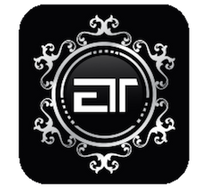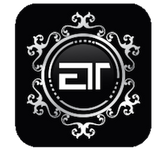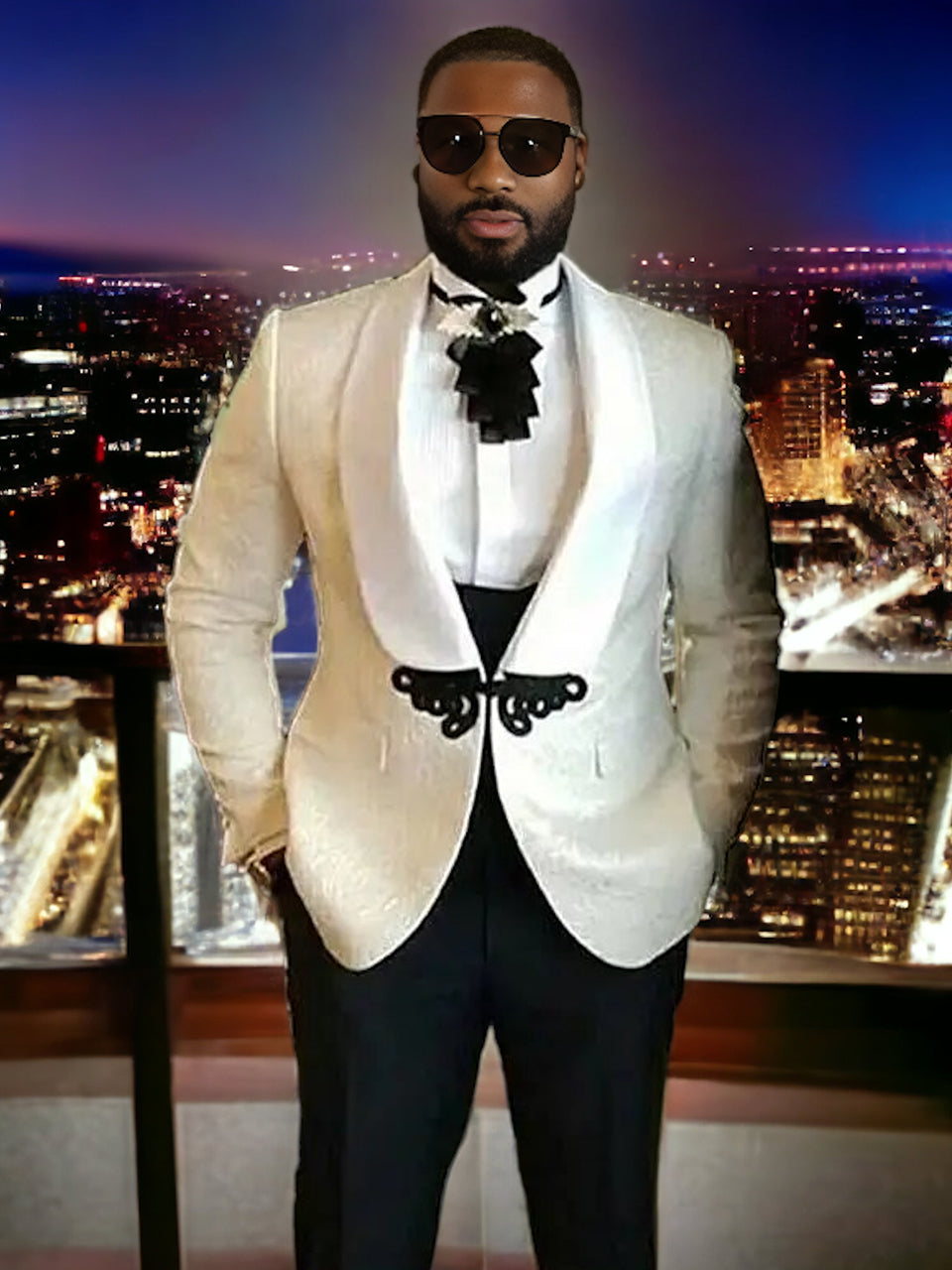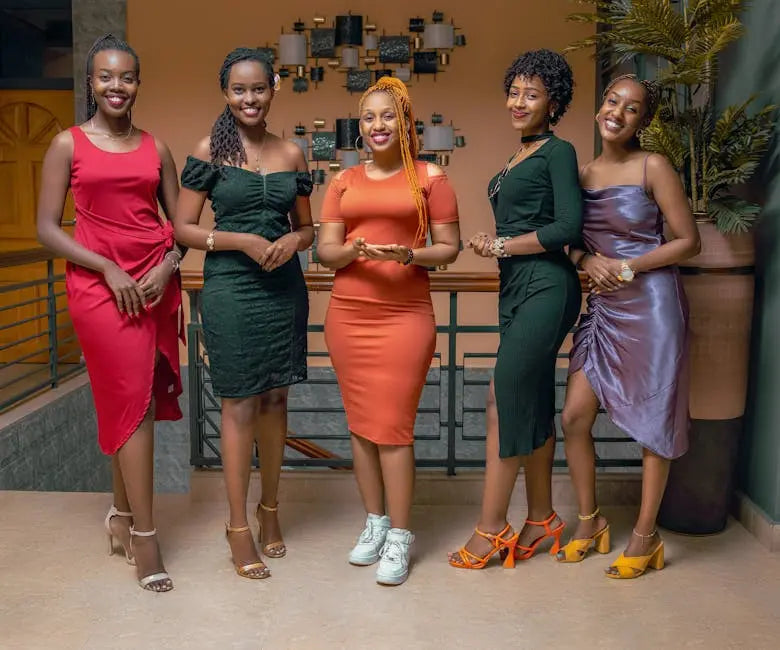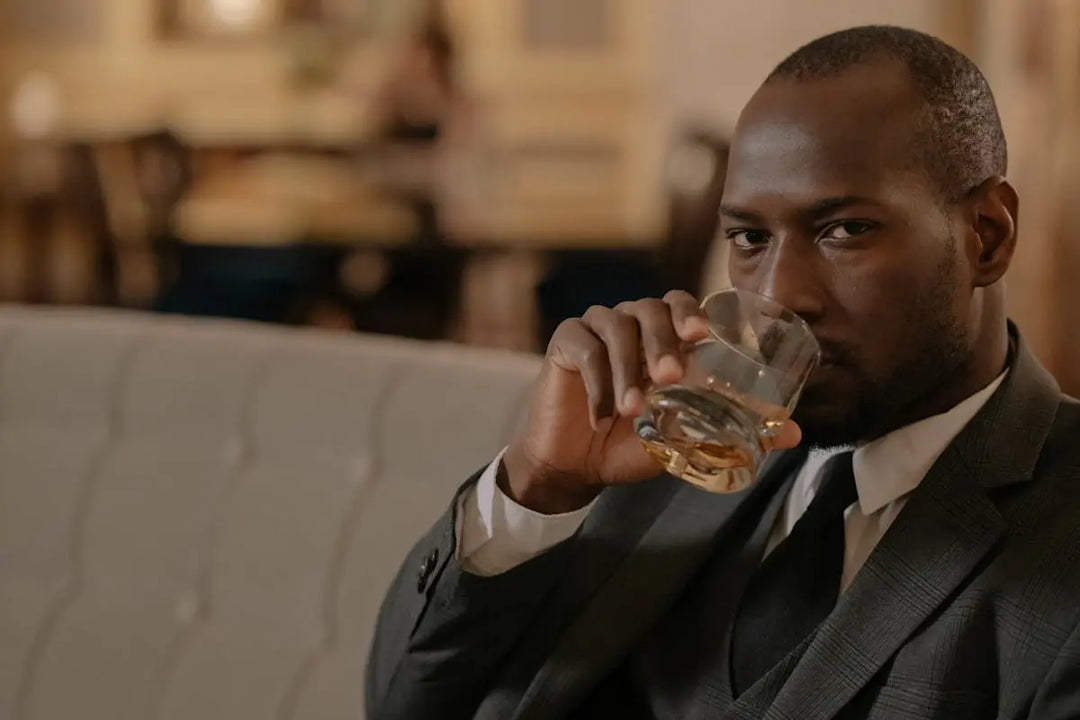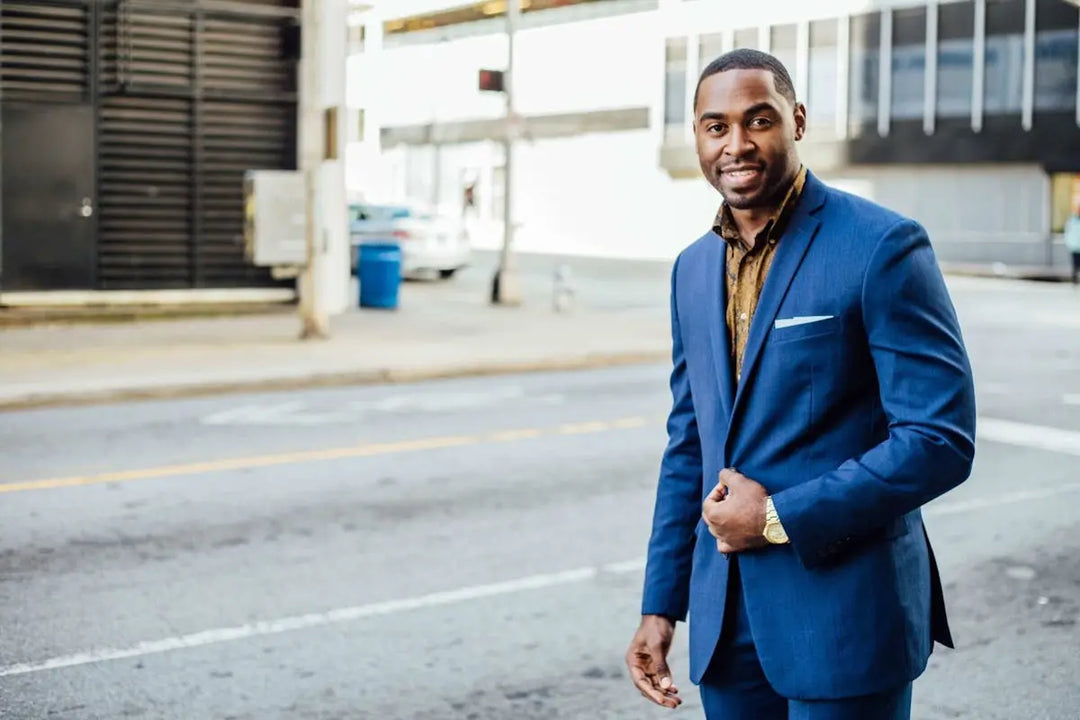The Evolution of Office Suits: From Stuffy to Stylish
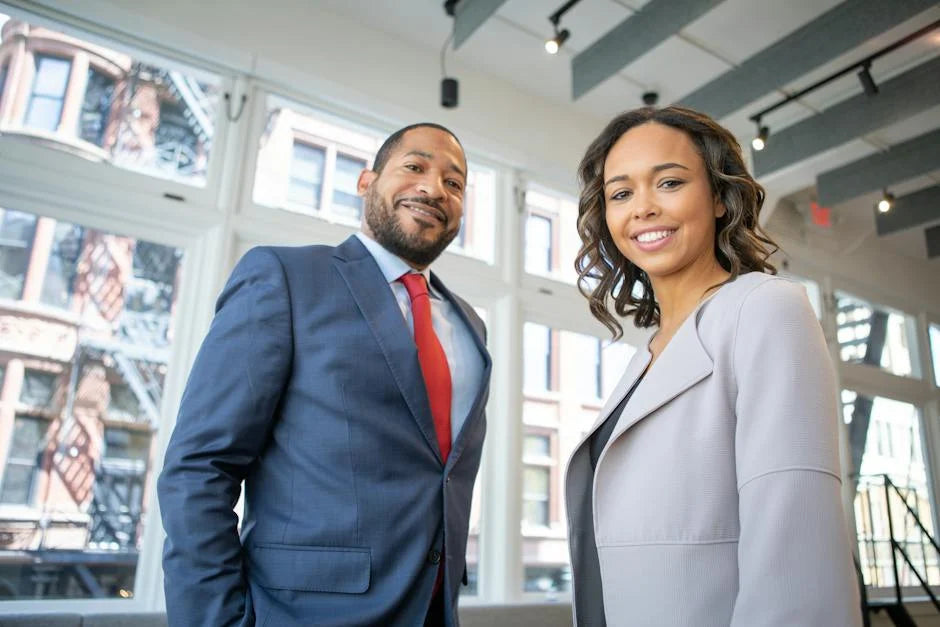
Origins of office suits
Office suits date back to the 19th century, when practical and formal work attire became necessary with the emergence of office jobs. The modern office suit gained popularity in the early 20th century and has changed to fit the era’s latest fashions and social trends. Traditional office suits tended to blend in — nearly uniform in its blandness — whereas contemporary looks offer a wide range of colors, patterns, and materials, which opens the door to individual statements and a certain versatility.

Traditional office suits
In the past, office suits were seen as essential for projecting a professional and formal look. They often had a stiff, boxy style, made from heavy, scratchy fabrics. Men’s suits tended to be a uniform shade of dark, and were composed of a jacket and trousers worn over a shirt and tie, while women’s suits were similarly conservative, often consisting of a tailored jacket and matching skirt or trousers. As workplaces and office culture have adapted, so too has the style of office suits, which have shifted from stuffy to stylish and adaptable, reflecting an increasingly relaxed attitude toward professional attire.
Changing office suit styles
Office suit styles have changed markedly over the years. Office suits of yesteryear were often formal and stiff, typically made with thick, heavy fabrics. But today’s office suit styles are modern and refined. Today’s office suits use lighter fabrics, and sport diverse colors and patterns—enabling individuals to express their style while still preserving an air of professionalism. Current styles also include slim-fit cuts and more casual options, providing greater flexibility and comfort in the workplace. These evolving styles reflect a shift in office culture away from a formal, conservative approach to a more relaxed, contemporary standard of professional attire.
Fabrics and patterns
Office suits now come in a range of fabrics and patterns. You can choose from wool, cotton, linen, or synthetic fabric blends, each with its own unique benefits, including breathability, wrinkle resistance, and durability. Patterns you can select include classic pinstripes, subtle checks, and bold plaids, or you can opt for a suit in a solid color. The right fabric and pattern will help you elevate your style and make a statement—while still adhering to the professional dress code.
Accessorizing office suits
When it comes to accessorizing office suits, the key is to make sure that the accessories stay classy and minimal. Here are the basics to keep in mind:
- A pocket square is a simple yet sophisticated way to add interest to your suit.
- The right tie is a great way to put a bit of personality into your office attire.
- A good watch is a timeless piece that can elevate your entire ensemble.
- Remember, less is usually more when it comes to office wear.
The influence of pop culture
Pop culture has played a significant role in the evolution of the office suit. Shows, movies, and celebrities have popularized a more modern and stylish take on office wear, deciding what is acceptable to wear in the workplace and what isn't. The chic and sleek look of the characters on shows like 'Suits' have made the traditional office suit much more stylish and stylish rather than formal, and fashion icons and celebrities have always been trendsetters when it comes to office attire. All these influences have led to an office look that is much more relaxed and fashionable.
Contemporary trends in office suits
Modern office suit trends make room for more comfort and style and stand in for a more relaxed and modern work environment. Some trends that are making waves are slim-fit cuts, light and breathable materials, and lots of different color options. Employers are also embracing a more relaxed dress code which makes it possible to add more casual elements into the office look, such as sneakers, turtlenecks, and very simple accessories. This makes it possible to look polished and professional while feel comfortable throughout your work day.
The growth of casual office attire
With an increasing number of workplaces opting for casual office attire over formal business suits, comfort for employees and a more relaxed work environment are among the main reasons for the switch. This movement has also been facilitated by the rise of technology and start-up culture, which has helped bring casual dress codes into more traditional workplaces, and a number of companies now believe it is important that their employees be able to embody their own personal style while still appearing professional.
The influence of technology on suit design
Office suits have seen a technological revolution enabling them to be far more adaptable and multifunctional than ever before. Wrinkle-resistant technology means they always look fresh, moisture-wicking technology keeps them dry and stretch technology means that the stiff construction work of old has been replaced by highly functional and very comfortable attire. These break-throughs have also had the added bonus of allowing for a suit that looks a great deal more impressive than any of its predecessors ever did. Moreover, smart elements, such as hidden pockets for electronic devices and USB charging capabilities, all of which reflect the impressive modern professional’s dynamic needs in a work environment fuelled by technology.
Adapting the office suit for the modern workplace
The office suit has come a long way from the stiff, constraining number it once was to a highly fashionable and much more adaptable attire that is wholly fit for the modern workplace. No longer a symbol of discomfort, the office suit is now a far more colourful and functional number through the news of smart features and today’s much more tailored and elegant fit. A much wider range of colors, patterns and textures are also on offer, making them the perfect garment to express oneself within the confines of a professional dress code.
